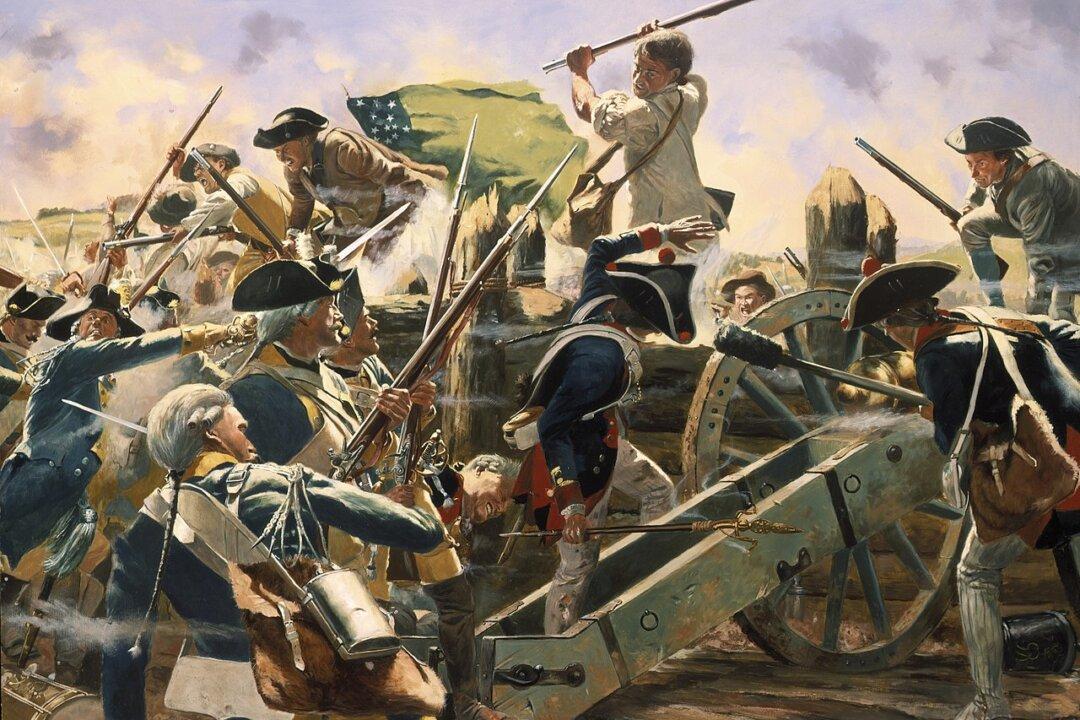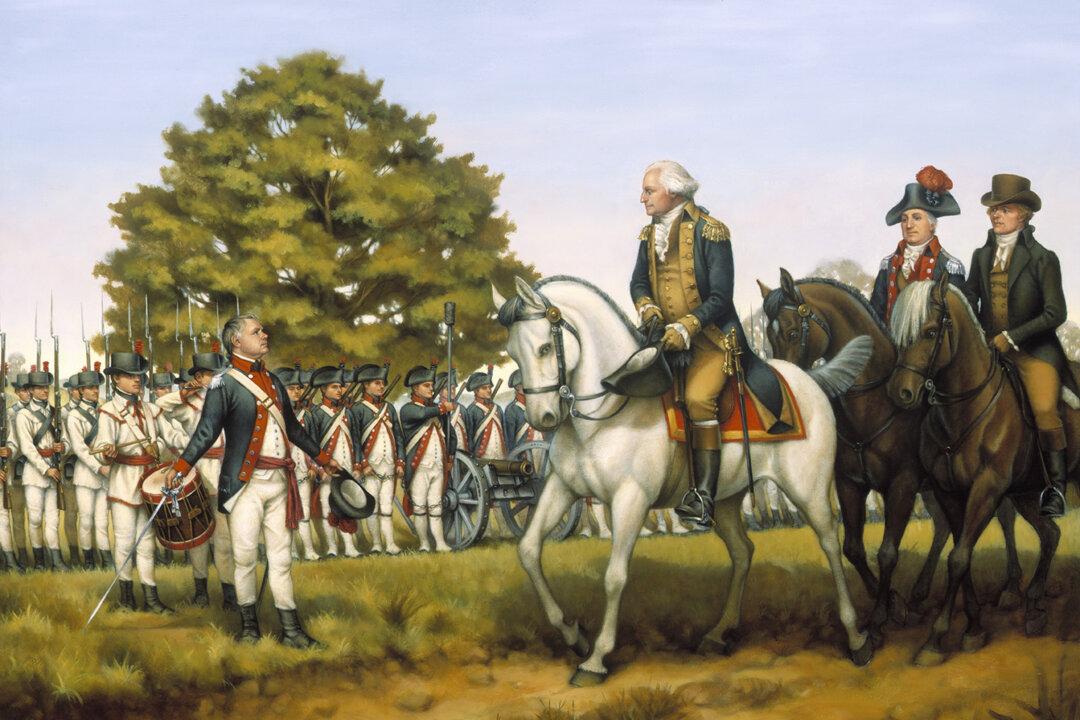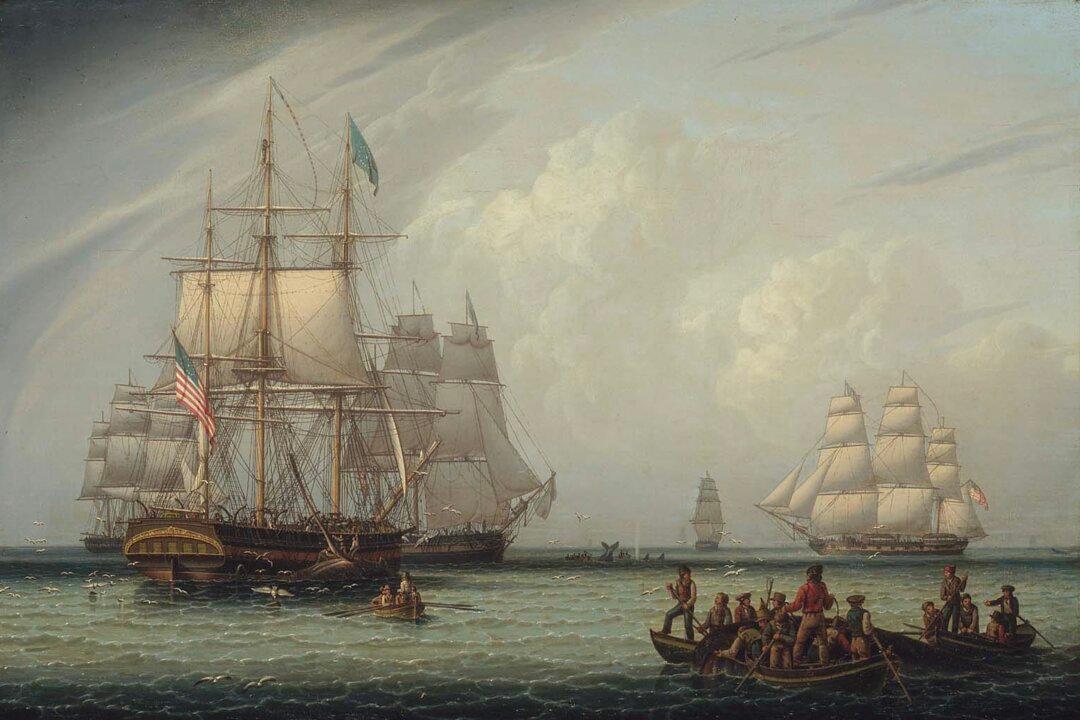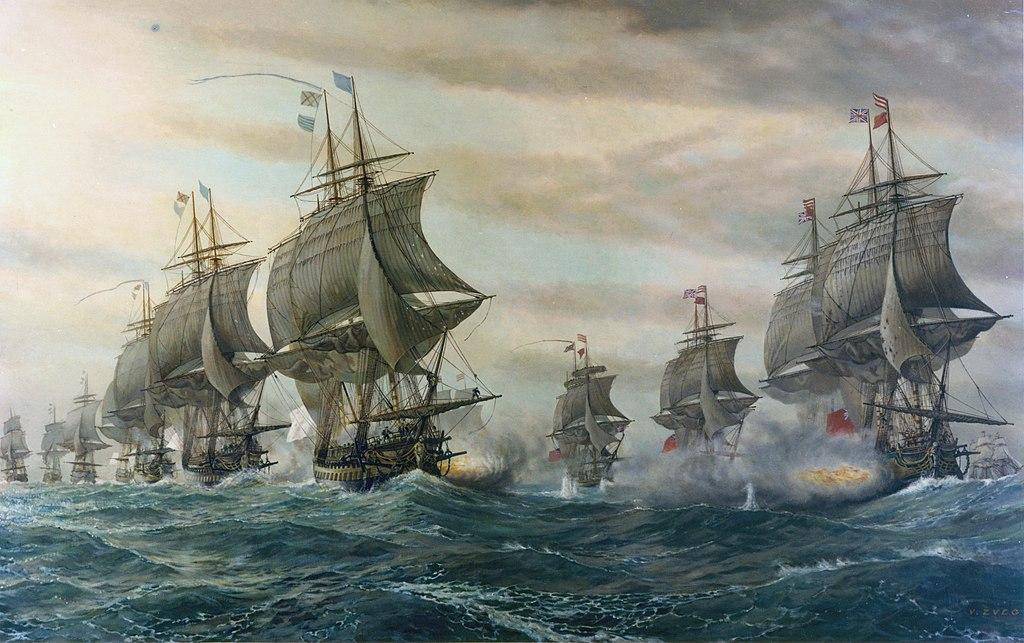In the wilderness of New Hampshire within miles of his home, John Stark, a young frontiersman in the 1700s, was taken captive by a party of Native Americans. He was with three friends, one of whom was killed and scalped. His older brother, William, managed to escape thanks to some quick maneuvering, but John and Amos Eastman, the fourth member of the party, were taken captive.
It all happened at the end of a trapping trip as the foursome packed their canoes for the journey home. The Abenaki tribe, allies with the French, took captives whenever they could and sold most of them in Canada as servants or in exchange for French goods.





